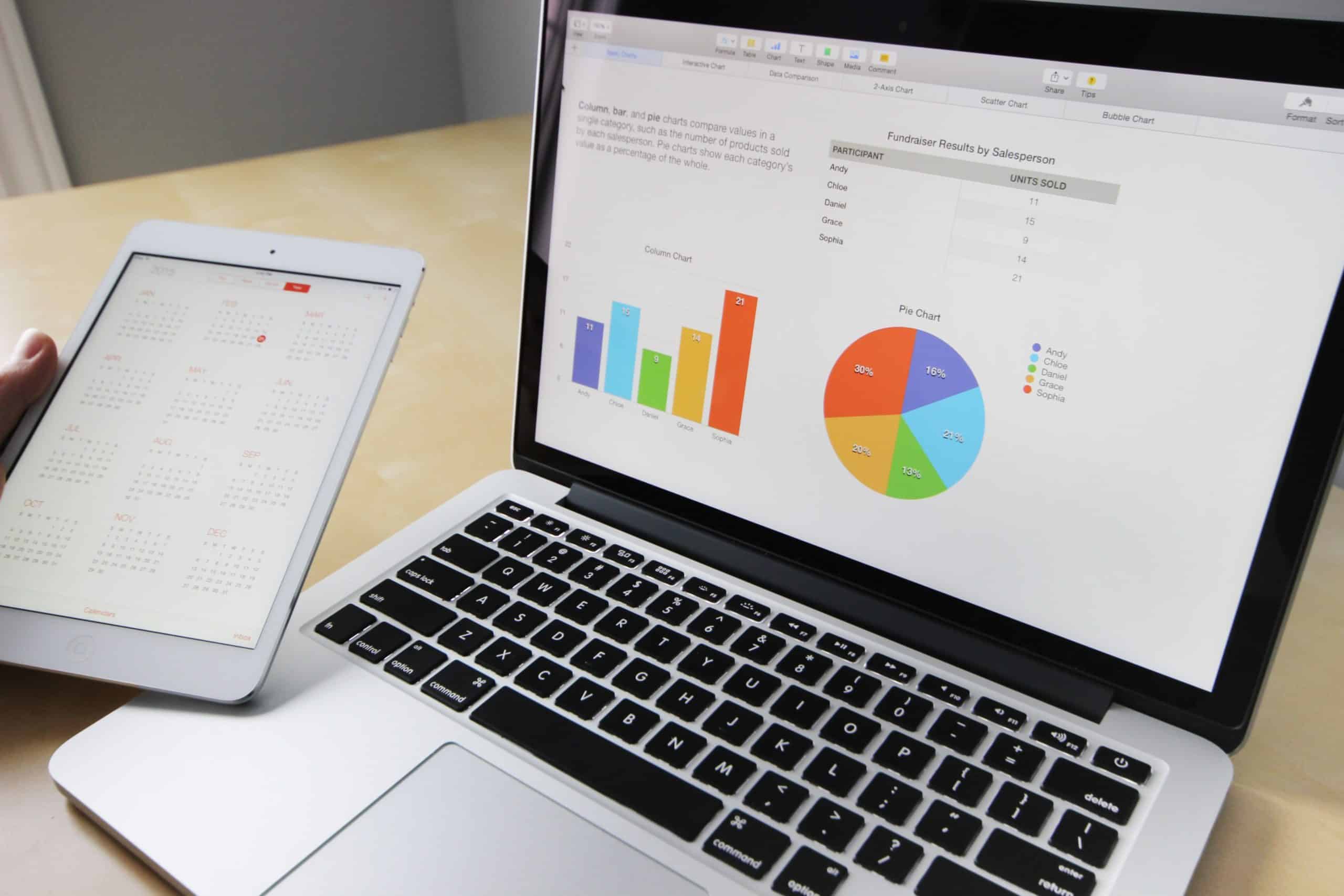Getting good subscriber data about email and CRM lists can be challenging for even the savviest email marketer. Privacy is a big concern for many people, and that means some of your subscribers will dig in their heels at the thought of handing over anything more than their email address. Basic facts like age and location can be difficult to come by, making it much harder to run personalized email campaigns.
If you’re struggling to enrich your subscriber data, you aren’t alone. In fact, a recent survey found that 54% of marketers named enriching contact data quality as their number-one challenge. But that doesn’t mean you should give up trying to learn more about your subscribers. Some strategies will help you get the information you need, and once you do, it could have a big impact on how well your emails convert.
Your subscribers don’t want to receive generic emails from you — they want you to know them by name. Basically, more personalization is better for your email campaigns, as long as you aren’t coming off as creepy. People will pay more attention to your emails if they’re personalized, and if you can build a good sense of rapport, they’ll be more likely to make a purchase.

You’ll also be able to segment your email list more effectively if you have a lot of information about your subscribers. Segmenting allows you to target different sub-demographics within your audience with greater sophistication. It helps ensure that your emails are interesting and relevant to your audience. There are dozens of ways you can divide up your email list, but all of them require you to have plenty of data on hand.
Ready to start gathering more information about your email subscribers? Here are some ideas for obtaining the data you need without coming off as invasive.
Do you have an email preference center yet? If not, it’s time to set one up.
Having a preference center doesn’t just lower your unsubscribe rate – it also lets your subscribers give you their personal information, with no nagging or bribery on your part. In fact, your subscribers will probably be happy to tell you what kind of emails they want, along with other details that will help you customize their content better.
Getting people to actually use your preference center can be easier said than done, so remind your subscribers that it’s there every so often. When a new subscriber signs up for your list, take the opportunity to send them an email prompting them to review and adjust their settings.
At regular intervals after that (maybe every year or so), send them a reminder email asking if they’d like to update their settings again. This can be especially effective if a subscriber has stopped engaging with your brand so much — they might need a reminder to come back.
Yes, you should generally keep your opt-in forms short — people don’t generally want to give their information to an unknown entity. But you might be able to get a little more subscriber data than just an email address from your sign-up form. Consider adding a field for the subscriber’s first name or birthday, for example. This will give you something useful to start personalizing your emails with.
Many people who resist filling out forms will happily take a fun quiz. If your brand lends itself well to quizzes, design a few based on the information you’d like to gather and direct your subscribers to them. You can also create polls or surveys for your subscribers to take. If you go this route, highlight how the information will help you produce better email content for your list.

What’s the quickest way to get your subscribers to part with valuable data? Offer them something they really want in return. Guides, eBooks, and white papers can all be good bets — just make sure the content is juicy enough to convince your subscribers they can’t live without it. Discounts and samples are also great incentives.
This trick is easy to repeat, so don’t feel like you have to wring every bit of subscriber data out of your prospects and customers in exchange for a single downloadable. It’s fairly straightforward to capture different bits of data by offering different discounts or pieces of gated content at various times. Asking for only one or two pieces of information at a time cuts down on friction, so you’ll probably get more data in the long run.
Extra: Learn how to use structured data correctly here.
Not having much luck getting specific personal information out of your subscribers? You can still learn a lot about them simply from observing them. Pay attention to how they interact with your emails and your website.
For instance, which of your subscribers click on your emails the most (and which click the least)? Do some people seem to prefer specific types of emails? Based on email subscriber data, you could segment your list by highly engaged versus unengaged subscribers, subscribers who like reading your newsletter updates, and subscribers who always click on your sale emails.
You can also tell a lot from how people behave on your site. Which of your subscribers have already made a purchase, and which ones still seem to be on the fence? What are their browsing habits like? You could segment your list based on people who like looking at specific types of items, big spenders versus frugal shoppers, and how often people visit your site.
Personalization is key if you want to maximize the potential of your email marketing. It takes subscriber data to personalize your content successfully, though, and that data isn’t always easy to come by. These ideas can help you harvest more information from your subscribers while building trust and rapport with them.
Two rules of thumb: people are usually happier to give you their information gradually than to hand it all over at once, and you’ll see more success if you offer your subscribers something nice in exchange for their personal details. Of course, you can always look at your web and email analytics for an overview of how your subscribers are interacting with you.
What’s the most effective way you’ve found to gather subscriber data? It’s over to you in the comments!
